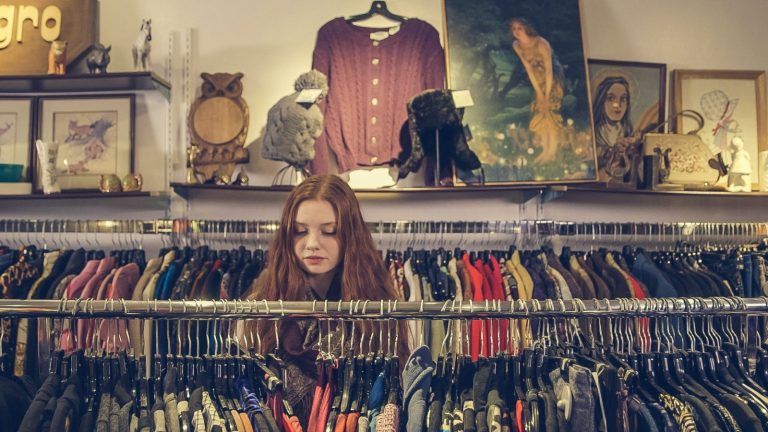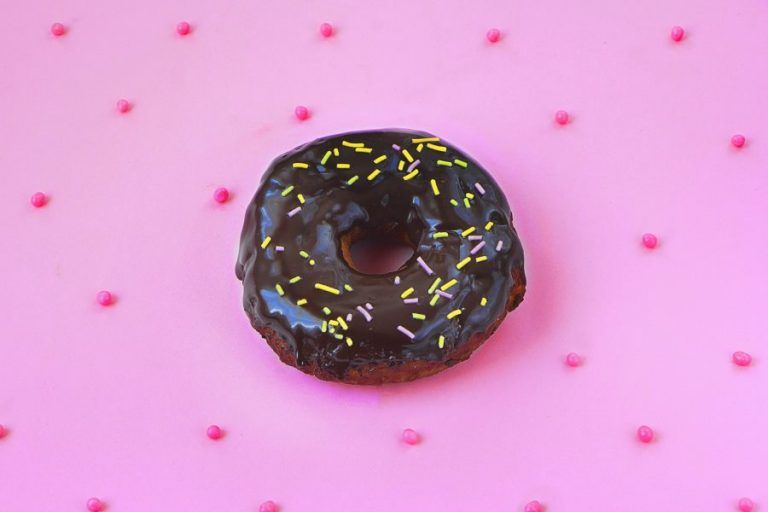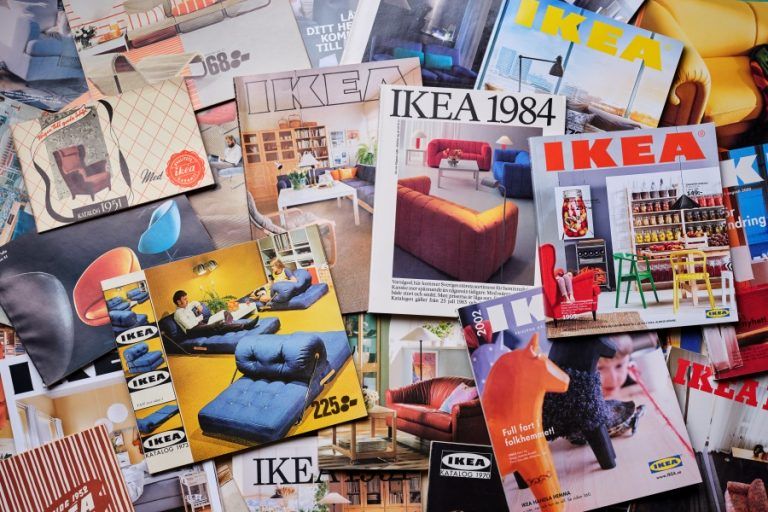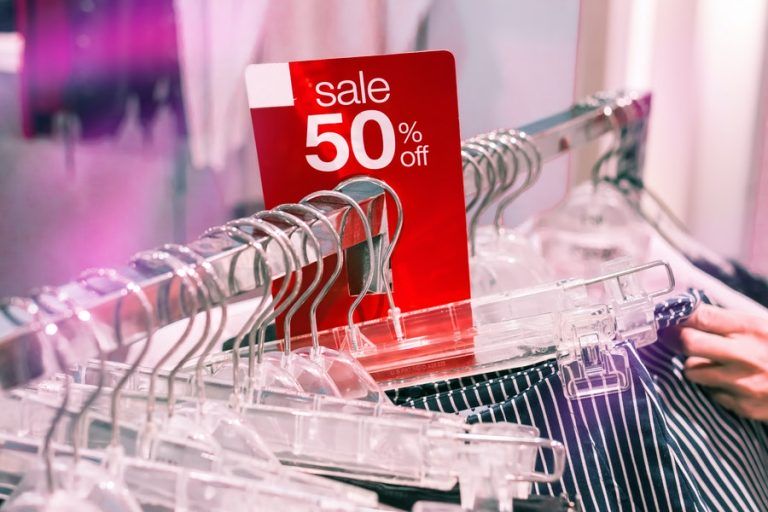The new IKEA store is not just a plus

Wpis dostępny jest także w języku:
![]() polski
polski
In recent years, IKEA has opened two new formats, significantly different from typical large format stores. The first format is the Internet order collection points (e.g. Opole, Rzeszów, Kalisz, Szczecin), which are a very traditional and simple format, used only to collect orders, without the possibility of buying anything on the spot (which I experienced in Opole). The second, much more attractive and interesting format is the shop opened in the Blue City gallery in Warsaw.
It is a medium format shop consisting of two floors. The first one focuses on equipment elements (kitchen, textiles, etc.), and the second one is the arrangement of rooms and the possibility to order furniture from advisors or kiosks and additionally a small bistro. Below are a few advantages and disadvantages of this latest format:
Advantages:
- is, however, IKEA – the largest furniture and equipment brand in Poland, generally known and liked by customers;
- The main brands offering equipment are in galleries (Home&You, Eurofirany, Duka, etc.), and additionally food discounts (Biedronka, Lidl) or clothing discounts (Pepco, KiK, etc.) are much closer to the equipment offer than IKEA stores on the outskirts of cities, so IKEA in the gallery is good traffic;
- In galleries, furniture is generally not sold (exceptions: DIY stores like Leroy Merlin, grocery stores like Auchan or Jysk), and chains of typically furniture have fallen (e.g. Almi Dekor, AD Loving Home), so the focus on furnishings is as good as possible;
- great service – I talked to three people and all of them were very helpful; – a lot of self-service elements – self-service checkouts, IKEA kiosks for ordering products with delivery.
Minuses:
- IKEA, and yet without furniture – you can’t buy a chair or desk and go home with it right away. If you want to buy furniture quickly, you have to go to a “large” format;
- There are a few room arrangements, but I don’t know how much they are needed – compared to “big” shops, the furniture on display is only a small part of the offer. Since it is impossible to see and compare most of the arrangements or furniture, it may instead focus more effectively on equipment articles and existing consulting points;
- You can buy smaller products with delivery for 15 PLN, but only in Warsaw. I liked the product called VÄXER, which was on display, but not to be bought on the spot. I couldn’t place an order either, because I wanted delivery to Krakow – it’s time to go to IKEA in Krakow;
- Although it is, it’s a very slimmed down food and drink offer, so for someone who is used to IKEA standards and wants to come after the store, it’s a bit too little.
To sum up, the format itself is very interesting and can be very successful. However, there is one significant one, but… how this shop should be called. Today, if you want to go to IKEA in Warsaw, you have three options with the same name, but one shop is clearly different from the other in minus. Historically, an interesting example is Tesco, which at the beginning of its development focused primarily on hypermarkets. Accustomed consumers were not satisfied at first as Tesco appeared in their area, but in the format of a supermarket with a much poorer offer. Another example is Auchan, which wants to concentrate all stores under one brand (Simply Market supermarkets undergo rebranding on Auchan Supermarket and Moje Auchan – convenience format), but still emphasizing the differences between formats. On the other hand, Żabka resigns from the larger Freshmarket format by rebranding shops for Żabka. Another interesting example is e-obuwie.pl, which opens stores under its own name and does not use the largest shoe chain of the same owner, i.e. CCC.
Therefore, it is puzzling to leave the same name and the question of whether consumers understand enough that when they go to galleries they will not get the same name as in other shops of the same chain, or not. Or maybe in a moment there will be a shop named e.g. IKEA home/equipment. In my opinion, it is worth looking at this store and the development of IKEA in shopping malls as a kind of test of customer behaviour towards a well-known brand.
Looking more broadly at the development of various chains and the progressing consolidation, we can see the growing importance of the convenience or proximity customer effect, which means choosing either shops close to home/work, or choosing large galleries in order to make complex purchases and combining this with rest and entertainment. Interestingly, the effect of the ban on Sunday accelerated this phenomenon.







